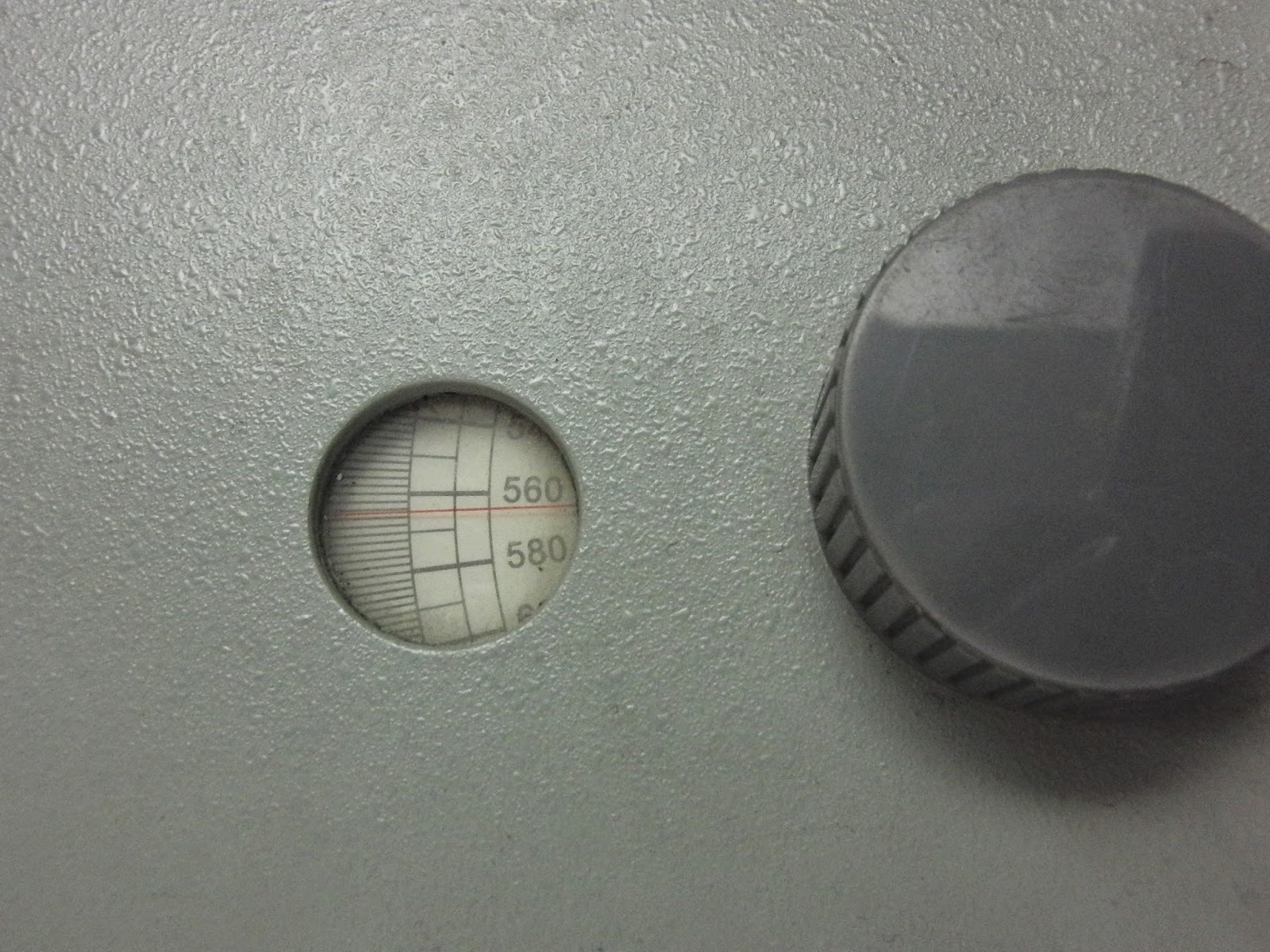Dual XH–π Interaction of Hexafluoroisopropanol with Arenes: A Comprehensive Review
1,1,1,3,3,3-Hexafluoroisopropanol (HFIP) exhibits a unique dual hydrogen-bond-donating ability, engaging both its O–H and C–H bonds in strong π interactions with aromatic surfaces. These dual XH–π interactions result in higher binding energies than traditional CH–π interactions, significantly lowering the molecular orbital energy levels of arenes and enhancing solvent effects in organic transformations.
Background
HFIP is widely used as a solvent and additive in organic synthesis due to its high acidity (pKa ≈ 9.3) and strong electron-withdrawing CF3 groups. It can form both classical O–H–π and unconventional C–H–π hydrogen bonds, leading to micelle-like aggregation and unique solvation properties.
Computational Methods
Geometries of HFIP conformers and their benzene complexes were optimized at the M06-2X/6-311++G(2d,2p) level, with counterpoise corrections for basis-set superposition error. Post-Hartree–Fock interaction energies were computed via CCSD(T)/CBS extrapolation. Density of states (DOS), partial DOS (PDOS), and overlap population DOS (OPDOS) analyses were carried out with Multiwfn, and charge decomposition analysis (CDA) dissected orbital contributions.
Results and Discussion
Three HFIP/benzene conformers were identified. The synperiplanar conformer exhibited a dual XH–π interaction energy of –7.49 kcal mol−1, surpassing comparable CHCl3/benzene and isopropanol/benzene complexes by over 1.8 kcal mol−1. Correlation energy contributions (~ –7.47 kcal mol−1) underscore the dominance of dispersion forces in dual-binding.
DOS analysis reveals a significant lowering (~0.73 eV) of benzene HOMO levels upon complexation, indicating non-superpositional orbital mixing. PDOS and OPDOS profiles confirm constructive overlap in HOMO–1, LUMO, and higher unoccupied orbitals, while antibonding character appears in certain deeper MOs.
Across 24 aromatic substrates, HFIP forms complexes 1.48× stronger than isopropanol and 1.61× stronger than chloroform, except with electron-deficient arenes. Single-crystal X-ray diffraction of HFIP benzoate (CCDC 2083861) validates the C–H hydrogen-donating capability.
Conclusions
This review elucidates the mechanism and energetics of dual XH–π interactions between HFIP and arenes. The synergy of O–H and C–H binding explains HFIP’s remarkable solvent effects and informs its strategic application in organic synthesis and materials science.
References
- Lu, L.; Hua, R. “Dual XH–π Interaction of Hexafluoroisopropanol with Arenes: A Comprehensive Review.” Molecules 2021, 26(15), 4558. doi.org/10.3390/molecules26154558
- Zhao, Y.; Truhlar, D. G. “The M06 suite of density functionals for main group thermochemistry, thermochemical kinetics, noncovalent interactions, excited states, and transition elements.” Theor. Chem. Acc. 2008, 120, 215–241. doi.org/10.1007/s00214-007-0310-x
- Helgaker, T.; Klopper, W.; Koch, H.; Noga, J. “Basis-set convergence of correlated calculations on water.” J. Chem. Phys. 1997, 106, 9639–9646. doi.org/10.1063/1.473863
- Lu, T.; Chen, F. “Multiwfn: A multifunctional wavefunction analyzer.” J. Comput. Chem. 2012, 33, 580–592. sobereva.com/multiwfn/
- Frisch, M. J.; et al. Gaussian 16 Revision C.01; Gaussian, Inc.: Wallingford, CT, 2016. gaussian.com/g16
- Ostojić, B. D.; Stilinović, V.; Glumac, B.; et al. “Aromatic CH as a hydrogen-bond donor: crystallographic evidence.” Chem. Commun. 2008, 48, 6546–6548. doi.org/10.1039/B810699A
- Rocher-Casterline, B. E.; Vázquez, J.; Zwier, T. S. “Determination of the (H₂O)₂ bond dissociation energy.” J. Chem. Phys. 2011, 134, 211101. doi.org/10.1063/1.3562767
- Colomer, I.; Chamberlain, A. E. R.; Haughey, M. B.; Donohoe, T. J. “Hexafluoroisopropanol as a highly versatile solvent.” Nat. Rev. Chem. 2017, 1, 0088. doi.org/10.1038/s41570-017-0088
- Nakagawa, K.; et al. “Characterizing dipole–quadrupole CH–π interactions.” Chem. Sci. 2011, 2, 1234–1240. doi.org/10.1039/C1SC00045B
- Li, H.-Y.; Zhao, D.; Cui, H.-L.; Lai, T.-T.; Zhao, P. “Hexafluoroisopropanol in organic synthesis: mechanistic insights and applications.” Tetrahedron 2016, 72, 8593–8604. doi.org/10.1016/j.tet.2016.10.030


































































